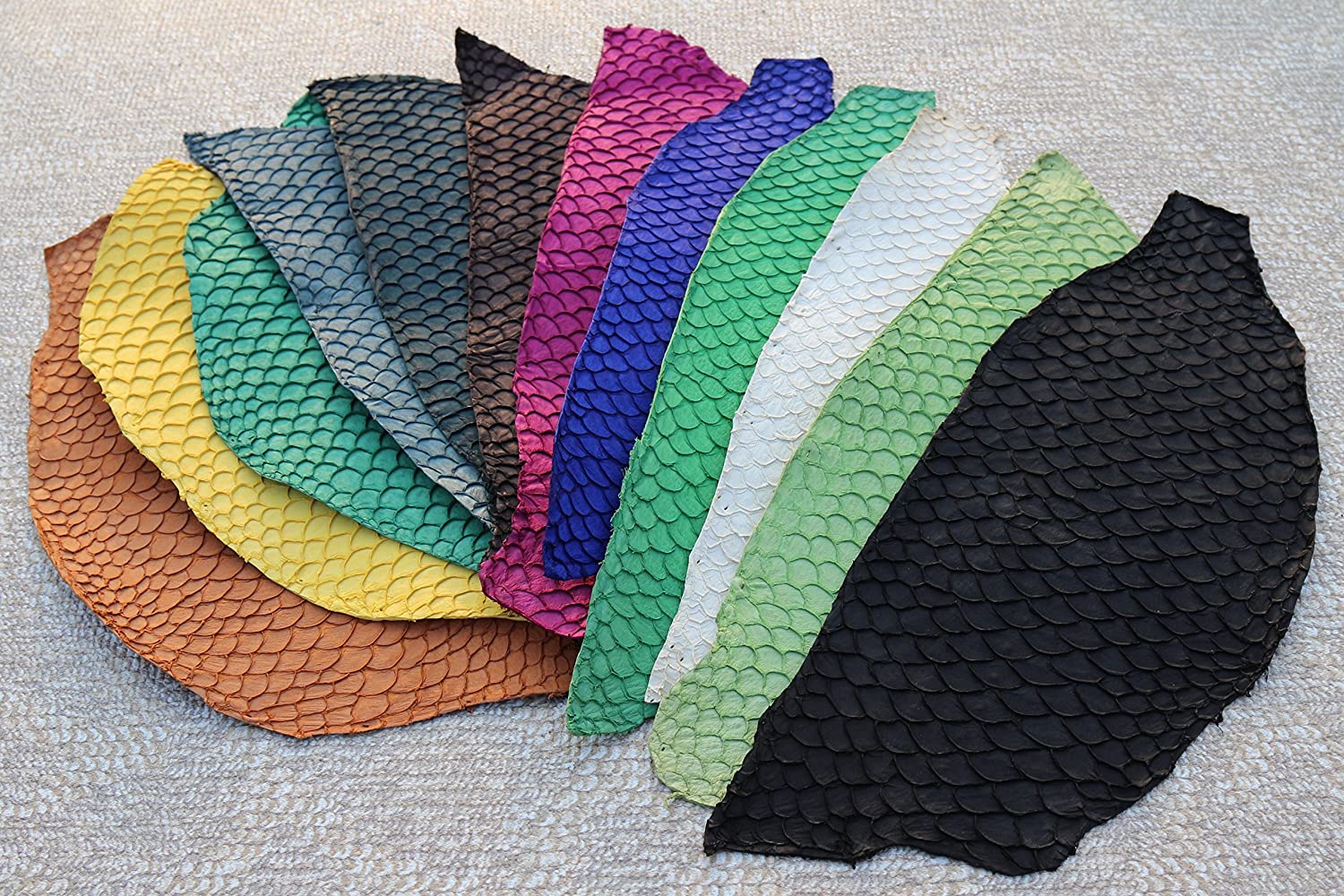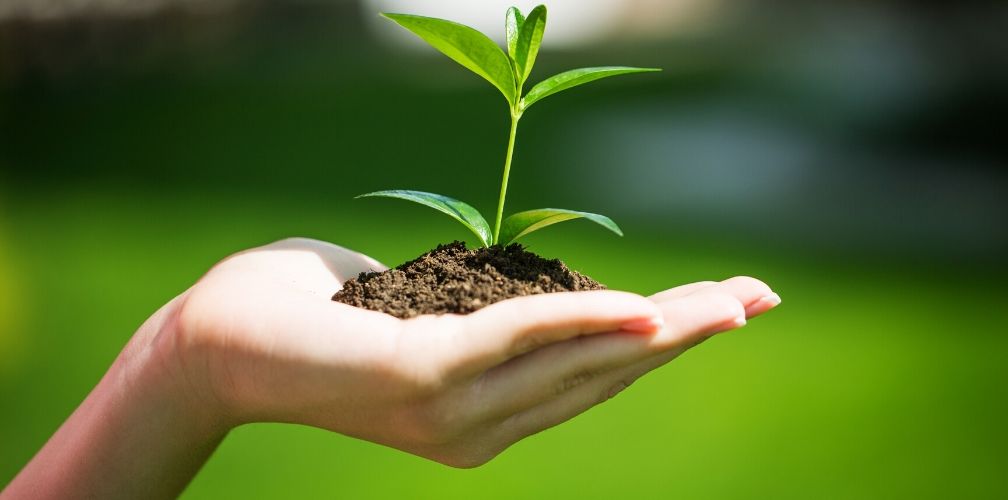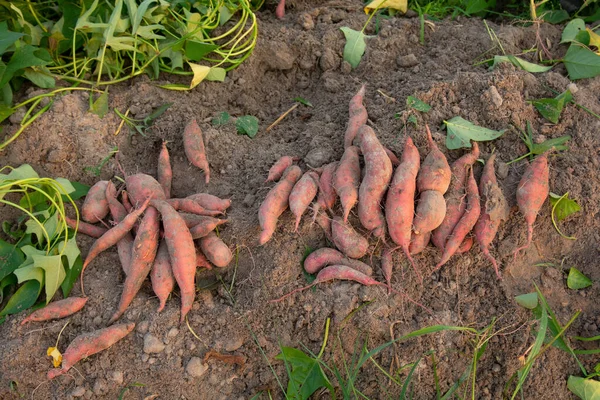Do you know you can raise fish for leather making?
Fish farming is mostly done for its nutritious white meat. According to studies, you will lose 30-70 percent of fish skin, head, and bones. Luckily, green and blue economy fashion innovators in Kenya are investing in using waste skins for leather making.
In this article, you will learn how to use waste fish skins to make valuable and exotic durable leather.
Fish Farming and waste management in Kenya
Kenya has several freshwater lakes like Victoria, Naivasha, and Turkana. These support her thriving fish sector that produces food, jobs, and income for many people in the country. Some of her known species are Nile perch and Tilapia.
Fish processors have little use of waste parts of skins after filleting and distribution of fish fillets. Over time, they leave them to accumulate in unmanaged fills that pose a significant hazard to residents in the area. Innovators are rising into space to manage this waste menace in a rare method, making exotic leather.
How to tan fish skin to leather
Making fish leather is not expensive or complicated. You can do it in a minor cottage industry using local resources. The video above features a local tannery in Kisumu city. It uses manual power and local workers for its processing.
Another one in Kitale, a few miles north, is more automated. It produces around 400kg of leather a week.
You will need ample resources to dry the skin before you can tan it. In tanning, you will lime, flesh and de-lime the skins. Then you will proceed to bathe, degrease and pickle it to end with the crust. It is a semi-complete leather product. Last stages are dyeing and finishing leather.
You can prefer using vegetable tanning process. It uses natural chemicals from bananas and pawpaw fruits that are not carcinogenic to people’s health.
If you prefer the mineral tanning process, you will need the following chemicals, water, salt, sodium sulfide and chalk. Others are formic acid, sulfuric acid, sulphate oils, cromosal B, compound SB and Mimosa.
Why fish leather?
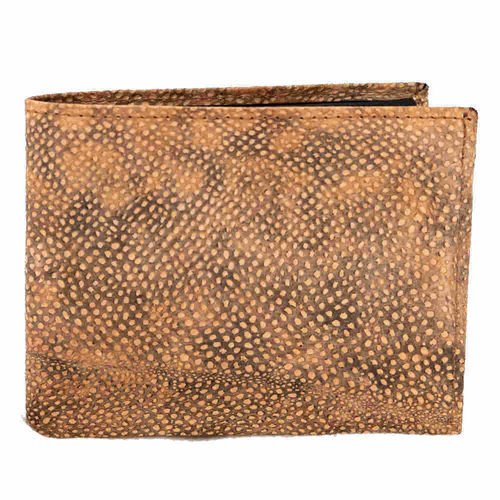
The following are advantages of making and using fish leather in the blue fashion industry.
- It has a unique natural pattern; tilapia and perch skins, for example, have a scales pattern like a reptile.
- It absorbs different colors (see the figure above) and dyes well.
- It is lighter far lighter than, for example, cow leather.
- It is nine (9) times stronger than lamb or cow leather of similar thickness. Clothing and accessories made from it are unique and extremely durable.
- It is likely to attract learners and tourists diversifying your income sources from agritourism and training fees.
- Fish leather processing will support cottage industry growth, and add up to 30% value for fishers and mongers as it improves job creation and income for all value chain players.
- The use of waste fish skin can reduce the demand for snake and alligator skins for exotic leather from endangered species. In the long term, there may be less need for cow leather.
How profitable is fish leather processing?
The price depends on the type of fish. CEO of Victorian Foods a fish tannery in Kenya reports selling Nile perch fish leather for $5 (Ksh500) per square foot. The same size from salmon skins sells for $12.30 (KSH 1,230) from Atlantic Leather, a tanner in Iceland.
What can you make using fish leather?
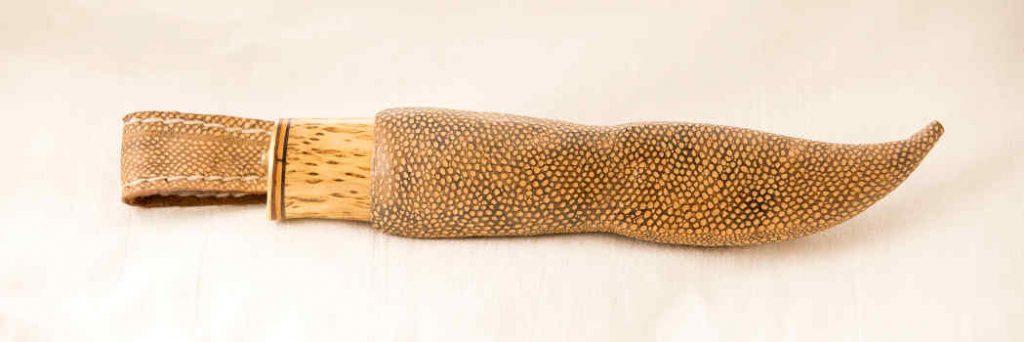
There is a range of products you can make using fish leather. They have a growing demand in domestic and export markets like France, Poland, the US, and Canada.
The Food and Agriculture Organization (FAO) estimates that fish leather accounts for 1 percent of all leather supply.
Fish leather products require similar care to other leather products: i.e. Spot clean with mild soap and water or use a suede brush.
As a green entrepreneur in the blue economy sector, you can produce a range of men’s and women’s items. They include designer shoes, clothing, and other fashion items such as belts, purses, bags, and wallets. You can also be creative and make fast-moving minor items with high-volume sales like knife sheaths, bookbinders, key holders, and hip flask covers.
As a fisherman or processor, there is more to it than food. Consider investing in fish leather processing. Do it as an individual or a group to improve on fish processing and food waste management.
